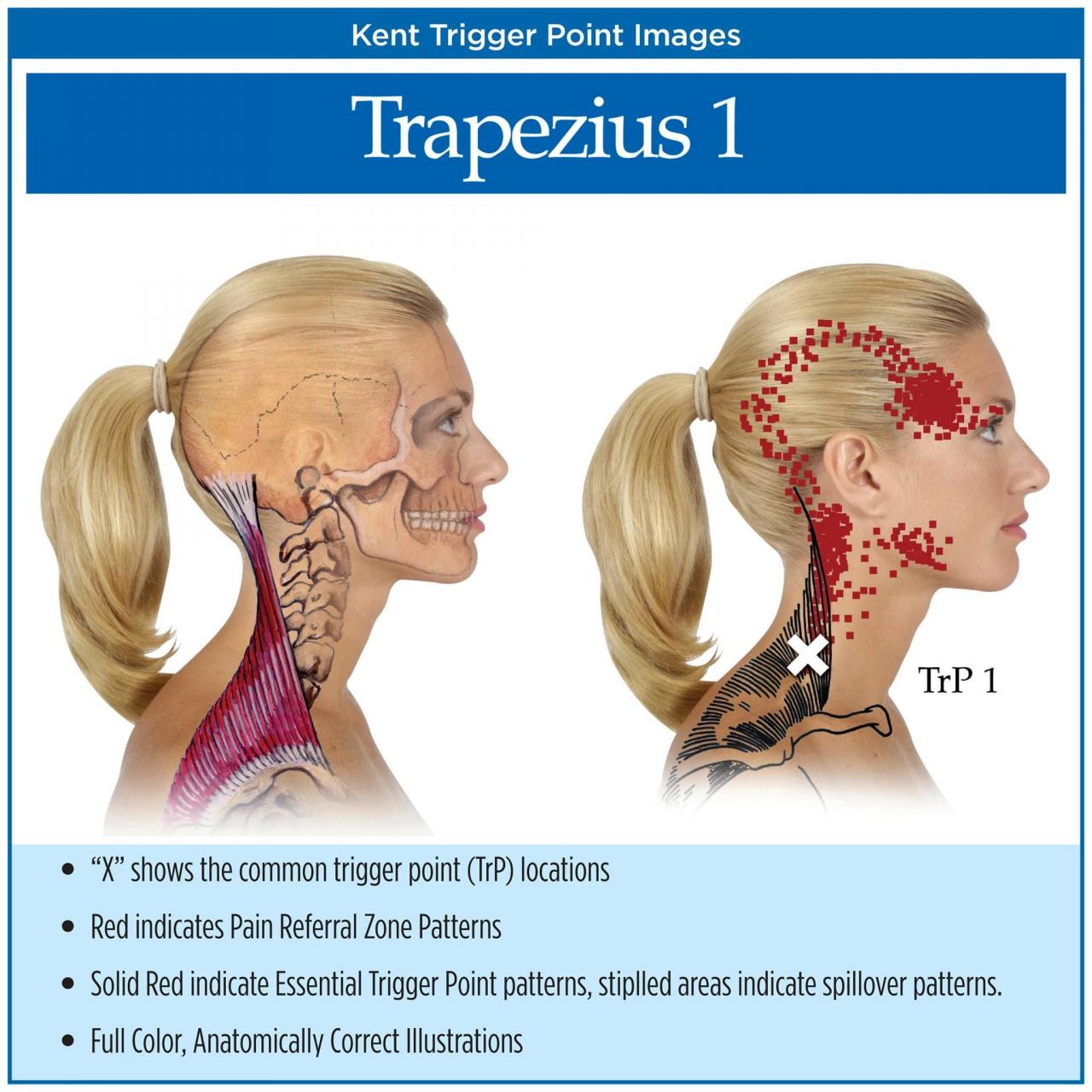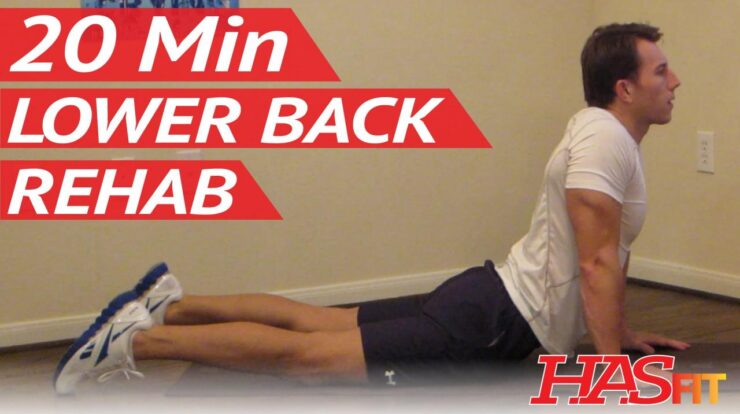
How can stiff and tight muscles result in back pain? This question takes center stage as we delve into the intricate relationship between musculoskeletal imbalances and spinal discomfort. Understanding the mechanisms behind this connection empowers us to develop effective treatment strategies and preventive measures, alleviating pain and restoring optimal well-being.
A recent incident at a Michigan grocery store has gone viral on Reddit, after a woman was photographed wearing a sign that said “I’m not wearing a mask because I’m exempt.” The Michigan grocery store sign woman has since been identified as a local resident who has been outspoken about her opposition to mask mandates.
Stiff muscles, characterized by reduced range of motion, and tight muscles, marked by excessive tension, can both contribute to back pain. When muscles become stiff or tight, they can compress nerves, restrict blood flow, and strain surrounding tissues, leading to discomfort and pain.
Regular exercise is the best way to prevent flexibility issues, which can lead to back pain. Explain why regular exercise is the best way to prevent flexibility issues and how it can help you stay healthy and active.
Impact of Stiff Muscles on Back Pain

Stiff muscles, characterized by reduced flexibility and range of motion, can significantly contribute to back pain. When muscles become stiff, they lose their ability to contract and relax effectively, leading to pain and discomfort.
Back pain is a common ailment that can be caused by a variety of factors, including stiff and tight back muscles . Regular exercise is the best way to prevent flexibility issues, which can lead to back pain. If you’re experiencing back pain, there are a number of exercises for lower back fat that can help relieve the pain and improve your flexibility.
Common stiff muscles that can cause back pain include:
- Erector spinae: These muscles run along the spine and are responsible for supporting and extending the back.
- Hamstrings: These muscles are located at the back of the thighs and can contribute to lower back pain when they become tight.
- Gluteal muscles: These muscles are located in the buttocks and can cause pain in the lower back and hips when they become stiff.
Stiff muscles can lead to back pain through several mechanisms:
- Reduced mobility:Stiff muscles limit the range of motion in the spine, making it difficult to perform everyday activities without pain.
- Muscle spasms:Stiff muscles can trigger muscle spasms, which are involuntary contractions that can cause intense pain.
- Inflammation:Stiff muscles can release inflammatory chemicals that can irritate the surrounding tissues, leading to pain and swelling.
Role of Tight Muscles in Back Pain
Tight muscles, also known as muscle tension, occur when muscles are constantly contracted and shortened. This can lead to back pain by:
- Pressure on nerves:Tight muscles can press on nerves in the spine, causing pain and numbness.
- Muscle imbalances:Tight muscles can create imbalances in the musculoskeletal system, leading to misalignment and pain.
- Reduced circulation:Tight muscles can restrict blood flow to the affected area, which can contribute to pain and muscle fatigue.
Specific muscle groups that can trigger back pain when tight include:
- Psoas major: This muscle connects the spine to the thigh bone and can cause lower back pain when tight.
- Quadratus lumborum: This muscle supports the spine and can contribute to back pain when it becomes tight.
- Hip flexors: These muscles are located at the front of the thighs and can cause pain in the lower back when they are tight.
Interplay between Stiffness and Tightness

Muscle stiffness and tightness are often interconnected. Stiff muscles can become tight over time due to prolonged contraction, while tight muscles can lead to stiffness if they are not stretched and relaxed regularly.
Stiff and tight back muscles can cause back pain, limiting flexibility. Regular exercise is crucial for preventing such issues. A Michigan grocery store sign recently went viral on Reddit , highlighting the importance of staying active. Exercises specifically targeting lower back fat can be beneficial, such as those outlined in this guide .
The interplay between stiffness and tightness can exacerbate back pain by:
- Reduced flexibility:Stiff and tight muscles limit the range of motion in the spine, making it more difficult to move without pain.
- Increased muscle spasms:Stiff and tight muscles are more prone to muscle spasms, which can cause intense pain.
- Chronic pain:Stiff and tight muscles can contribute to chronic back pain, as they can become a constant source of discomfort and inflammation.
Effects on Spine Alignment and Posture
Stiff and tight muscles can have significant effects on spine alignment and posture. When muscles are imbalanced, they can pull the spine out of alignment, leading to conditions such as:
- Scoliosis:A sideways curvature of the spine.
- Kyphosis:A hunchback or rounded upper back.
- Lordosis:An exaggerated inward curve of the lower back.
Poor posture can also contribute to back pain by:
- Putting stress on certain muscle groups:Poor posture can lead to overuse of certain muscles, which can cause them to become stiff and tight.
- Compressing nerves:Poor posture can compress nerves in the spine, leading to pain and numbness.
- Reducing lung capacity:Poor posture can restrict the expansion of the lungs, making it difficult to breathe deeply.
Implications for Treatment and Management

Understanding the role of stiff and tight muscles in back pain can guide treatment approaches. Treatment options may include:
- Stretching:Regular stretching can help improve flexibility and reduce muscle stiffness.
- Massage therapy:Massage can help relax tight muscles and relieve pain.
- Physical therapy:Physical therapists can provide exercises and techniques to address muscle stiffness and tightness.
- Medication:In some cases, pain medication may be prescribed to reduce inflammation and pain.
Lifestyle modifications can also help prevent or manage back pain related to muscle stiffness and tightness, such as:
- Maintaining a healthy weight:Excess weight can put strain on muscles and joints, contributing to back pain.
- Exercising regularly:Regular exercise helps strengthen muscles and improve flexibility.
- Using proper posture:Practicing good posture can help reduce strain on muscles and prevent back pain.
- Getting enough sleep:Sleep is essential for muscle recovery and relaxation.
Ending Remarks: How Can Stiff And Tight Muscles Result In Back Pain?

In conclusion, stiff and tight muscles can significantly impact back pain through various mechanisms. Understanding this relationship is crucial for developing personalized treatment plans that address muscle imbalances, improve flexibility, and reduce tension. By incorporating targeted exercises, therapies, and lifestyle modifications, individuals can effectively manage back pain and enhance their overall musculoskeletal health.
Popular Questions
What are common stiff muscles that can cause back pain?
Common stiff muscles that can contribute to back pain include the hamstrings, quadriceps, and lower back muscles.
How do tight muscles trigger back pain?
Tight muscles can compress nerves, restrict blood flow, and strain surrounding tissues, leading to pain and discomfort.
Can both stiffness and tightness coexist and exacerbate back pain?
Yes, stiffness and tightness can coexist and worsen back pain by creating a vicious cycle of muscle imbalances and tension.





